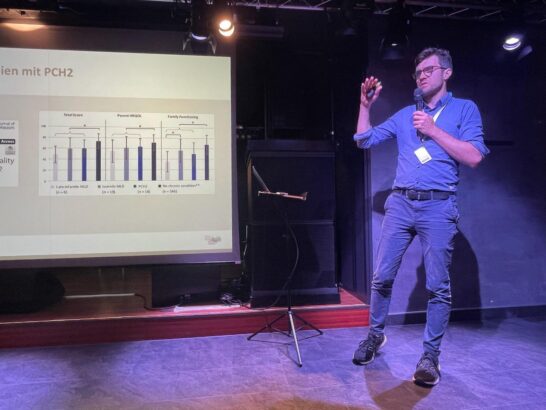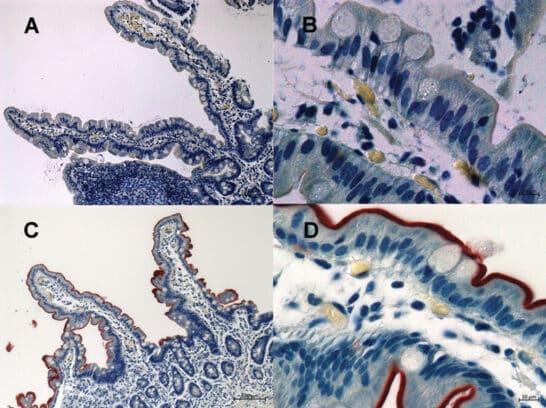Summary
With the newly published article ‘Growth charts for pontocerebellar hypoplasia type 2A’, we are the first to create disease-specific percentiles for PCH2A. In addition, our data set was large enough to calculate a sex-specific comparison to healthy children.
Baseline
We know from the Natural History Study of 2012 that children affected by PCH2A differ significantly from healthy children in terms of head circumference, height and weight. For this reason, it is difficult to use the percentiles for healthy children as a guide. At that time, however, due to a smaller group size, there was no data available to create disease-specific percentiles.
Origin of the percentiles
Growth percentiles play an important role for pediatricians. Disease-specific percentiles have already been established for other developmental neurological diseases (e.g. trisomy 21, but also rare diseases such as mucopolysaccharidosis type III or Cockayne syndrome). There is an established statistical model for calculating percentiles out of small amounts of data, which we have successfully applied to the data of children with PCH2A.
Thriving of children with PCH2A compared to healthy children
As already known, children with PCH2A deviate from healthy children in terms of growth. In particular, the head circumference across the entire group already deviates significantly from that of healthy children at birth, although individual children with PCH2A are within the normal range for head circumference. The BMI (Body-Mass-Index) also deviates significantly from the BMI of healthy children at an early age. Weight also begins to deviate from that of healthy children during the first months of life, whereas height deviates later and less strongly from that of healthy children. Weight and BMI deviate, although children with PCH2A consume a sufficient amount of calories. The girls in our study seem to thrive better than the boys, which is probably a bias in our group.
Points of criticism
Only few data points are available for ages above 10 years, resulting in considerably increased uncertainty of the percentiles beyond this age. A course in the lower percentile range of the PCH2A percentiles is nevertheless not desirable, as the children are often physically underdeveloped.
Conclusion
The percentiles can serve as a reference, as children with PCH2A deviate so markedly from standard growth charts that their development often does not follow a recognizable trajectory. However, these percentiles should be regarded as a rough guide only. If tolerated from a nutritional standpoint, aiming for the upper percentile ranges may be advisable in children with PCH2A.
Read the Complete Study
Find the complete study here:


